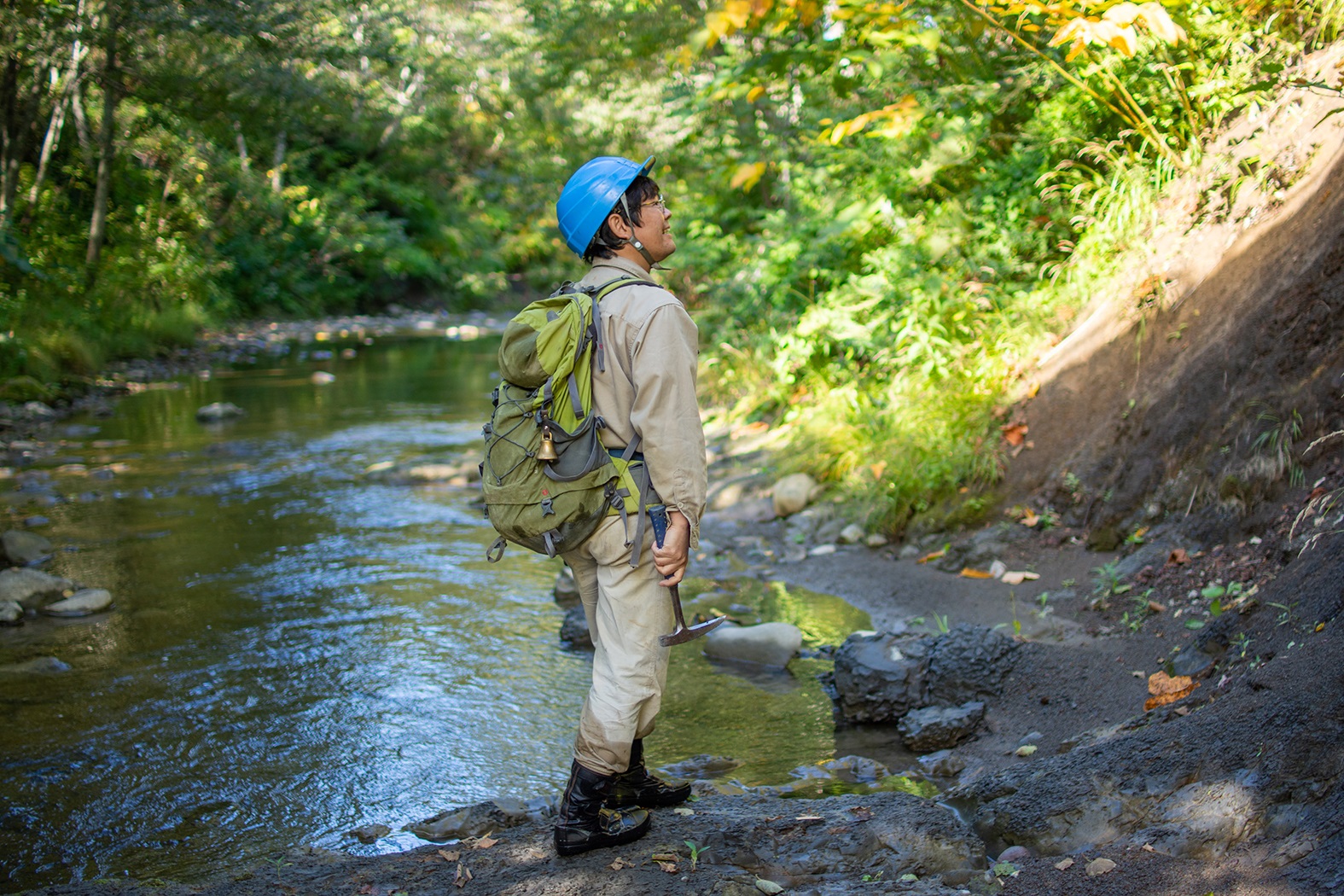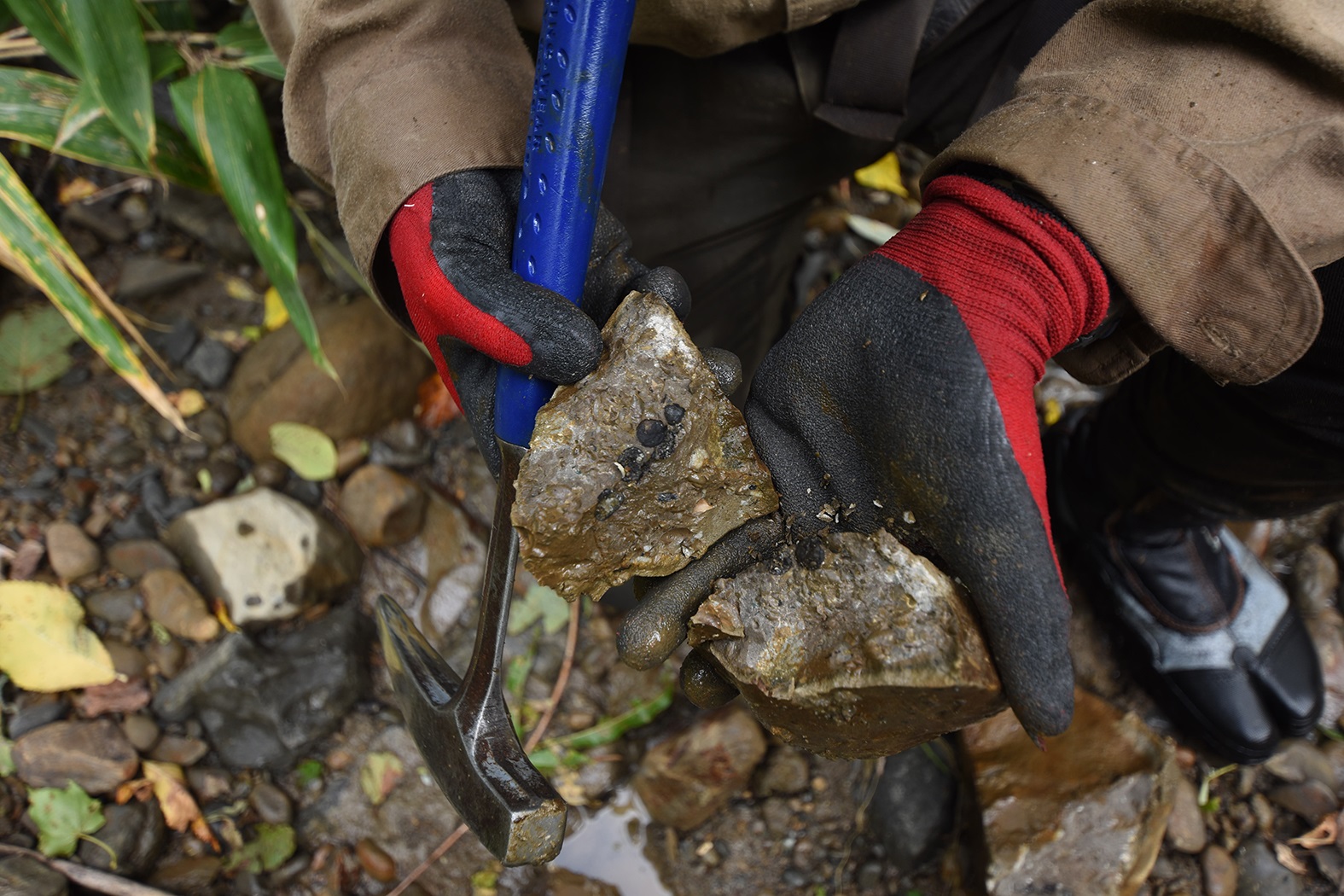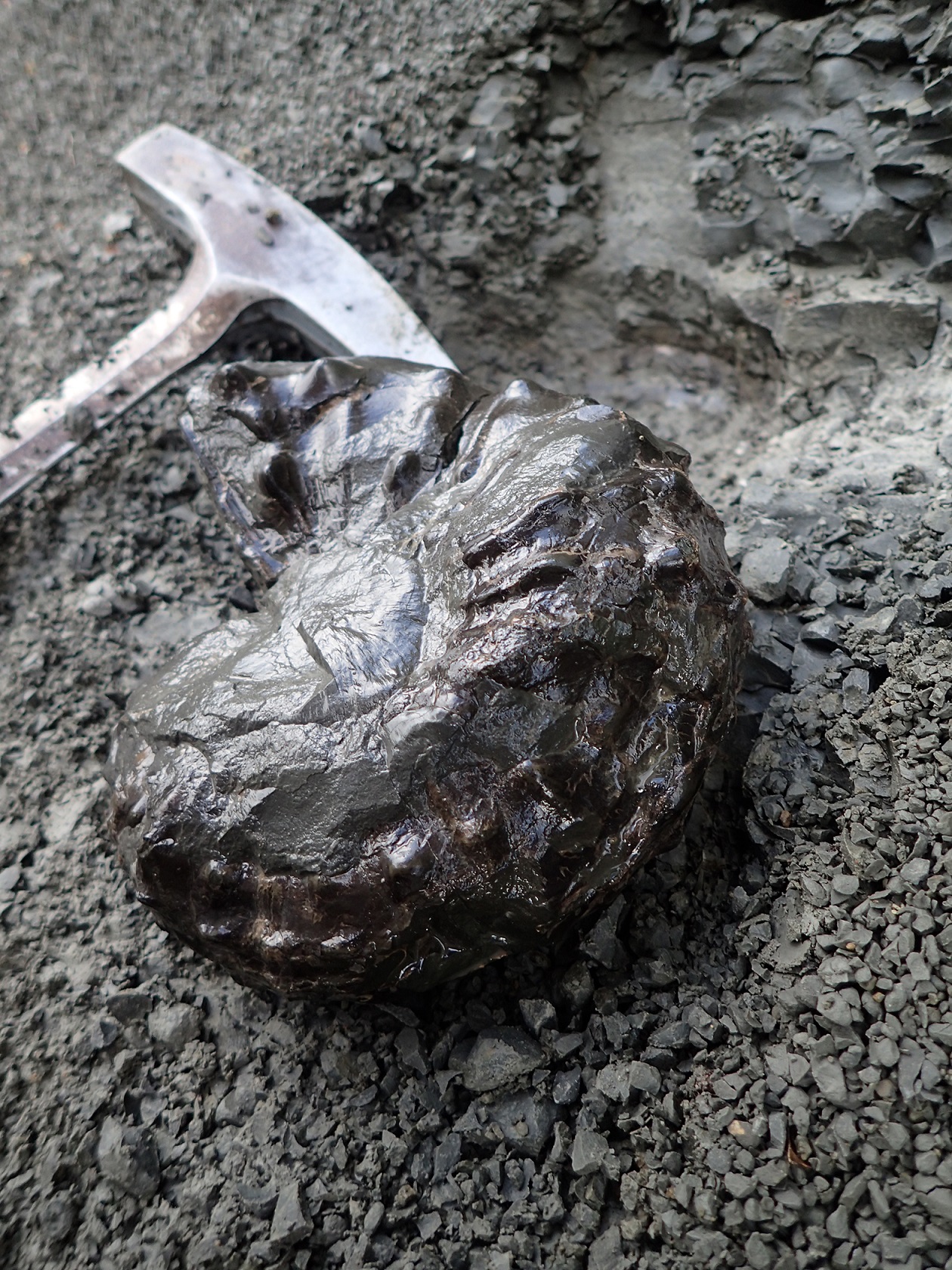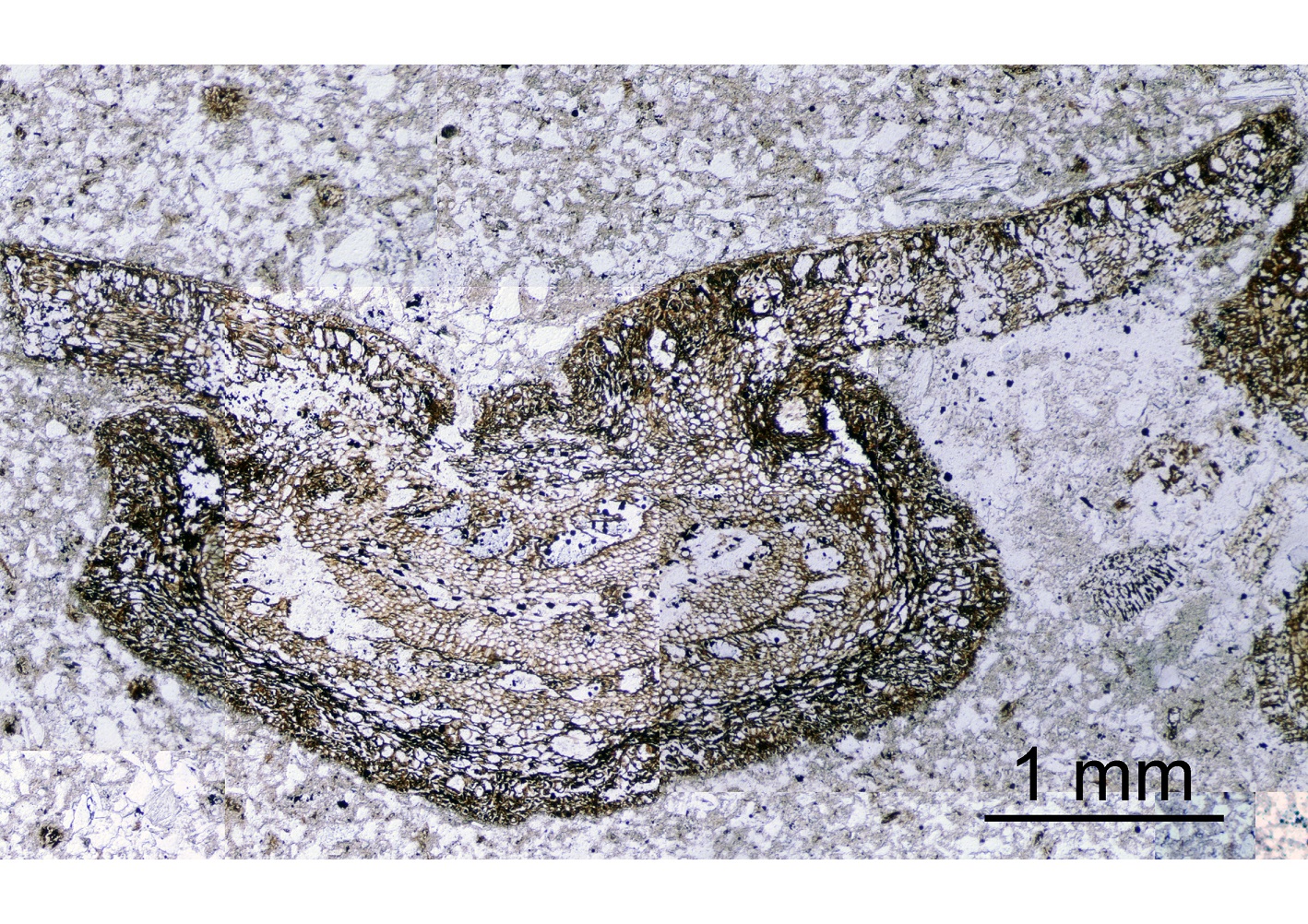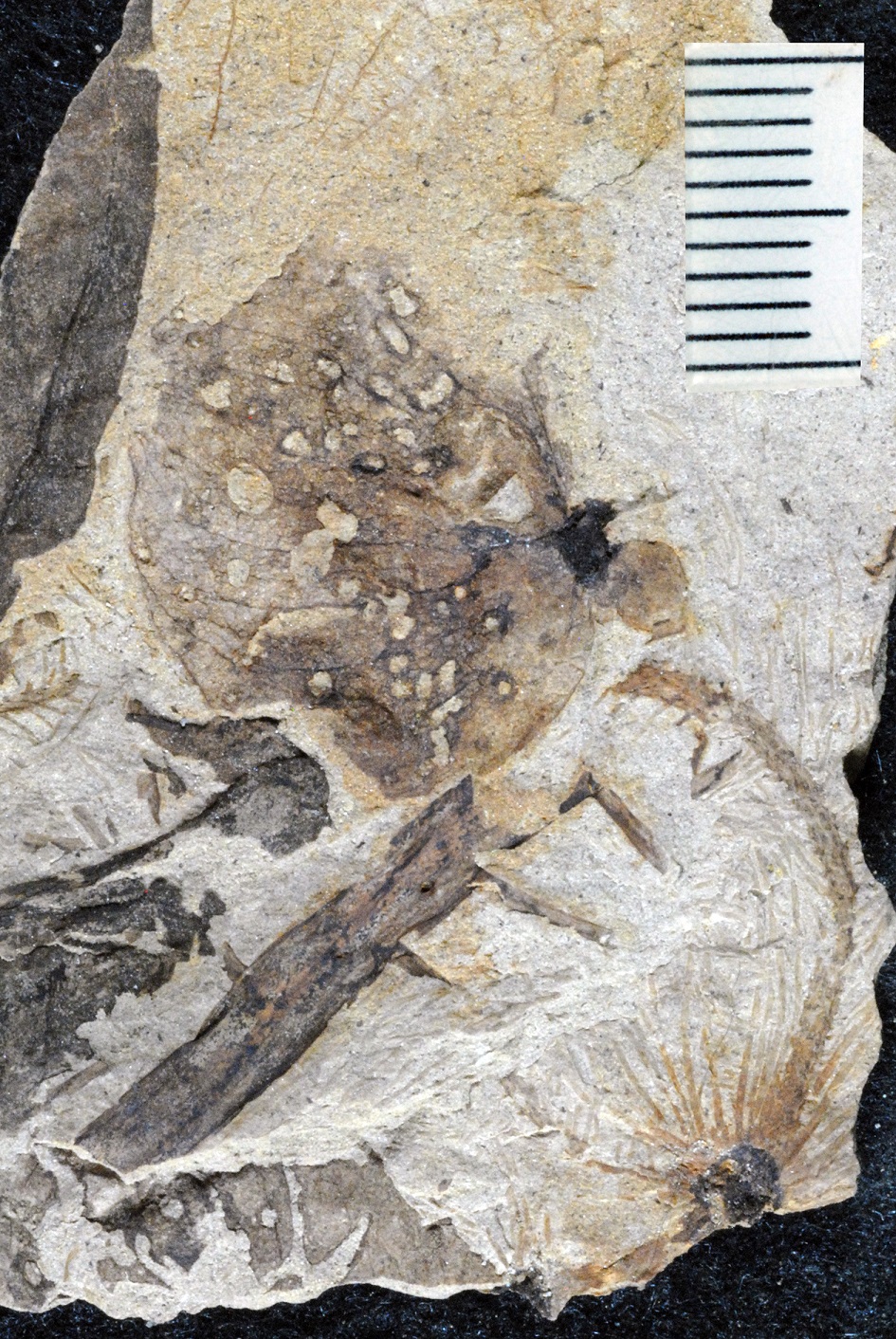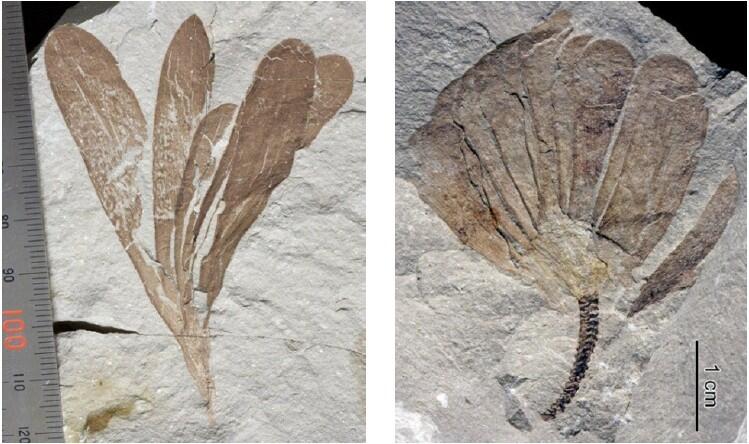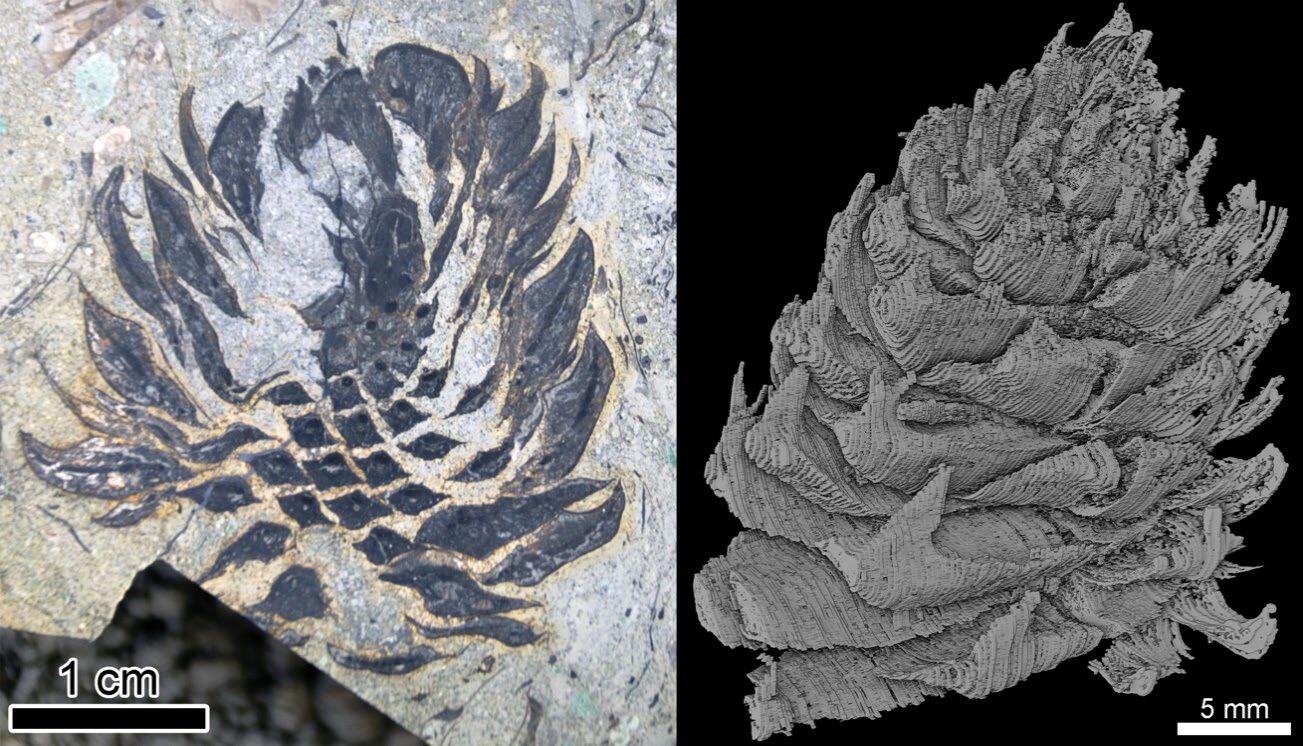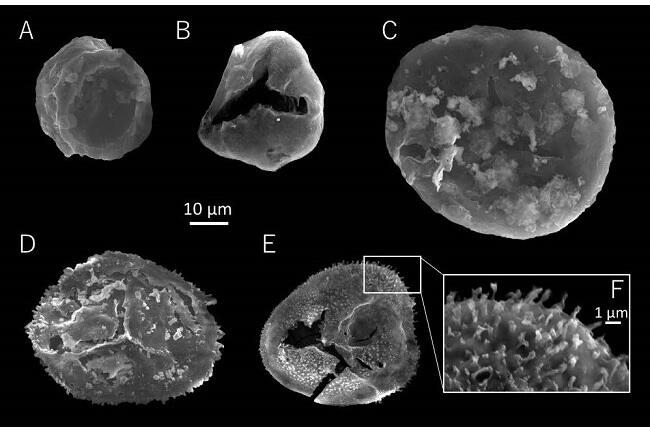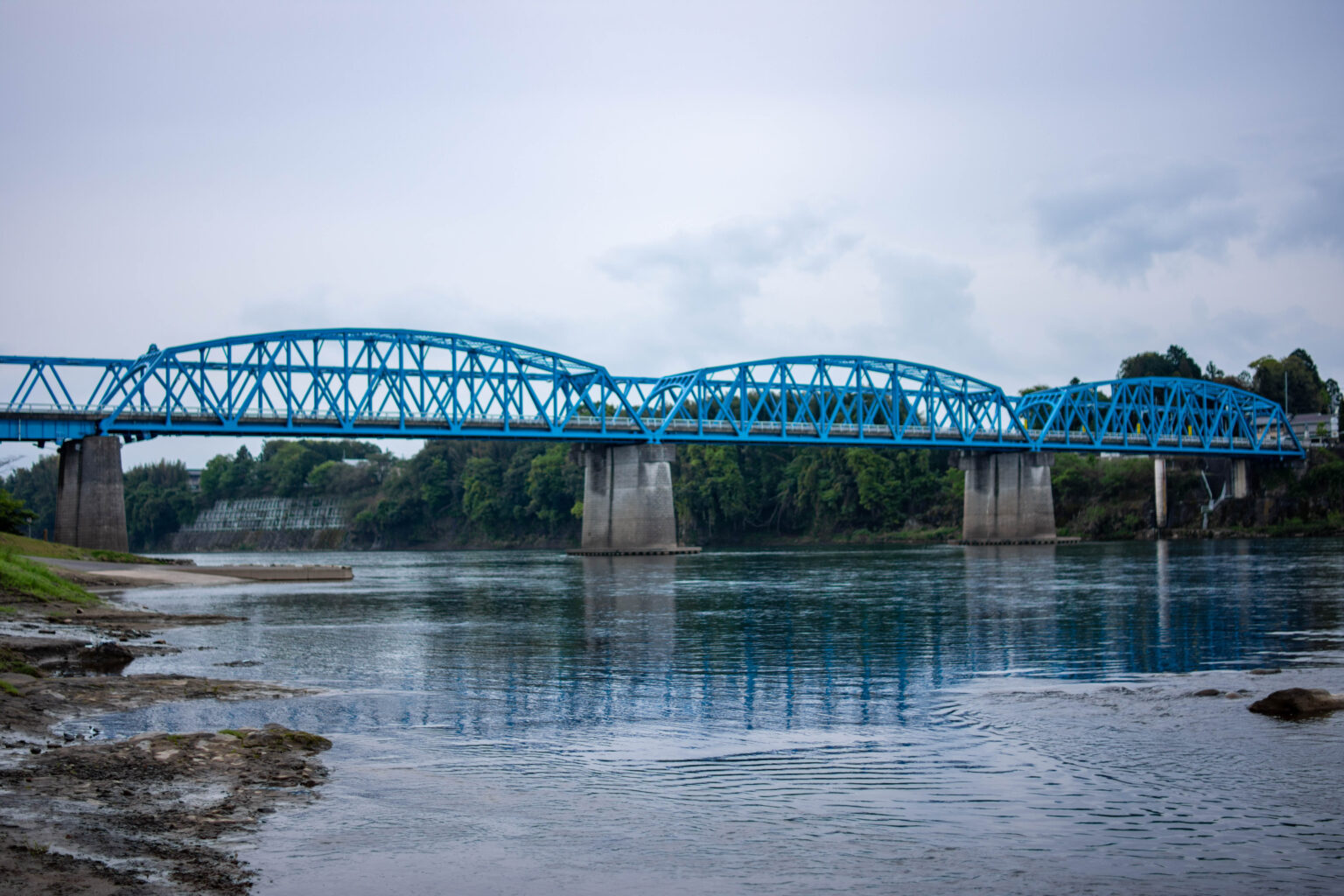YAMADA Toshihiro
Professor
Collecting fossils first, then evaluating them!
Department of Earth and Planetary Sciences, Earth and Planetary System Science
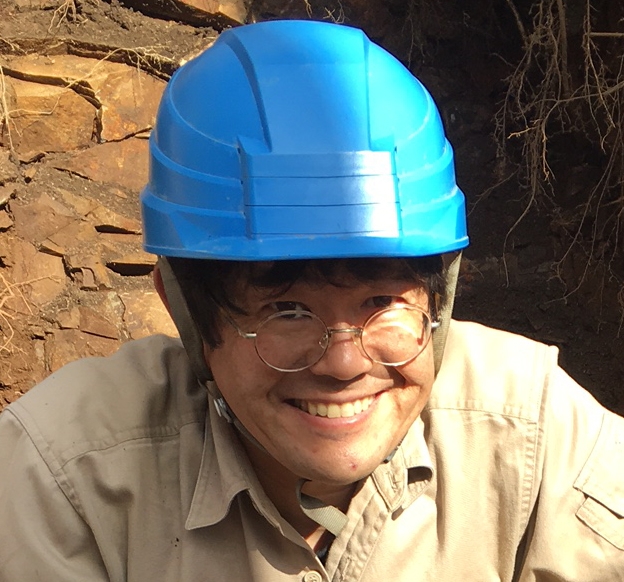
| Theme | Exploring biological significances of fossils (especially, plant fossils) |
| Field | Paleobotany, Paleontology, EvoDevo, Stratigraphy, Plant Taxonomy |
| Keyword | Collect-first Paleontology, Evolutionary process of novel organs in plants, Paleoecology of extinct plants, Paleofloras, Paleopalynology, Cenozoic stratigraphy, Mesozoic stratigraphy |
Introduction of Research
There are many extinct organisms with unique characteristics different from extant ones, as well as unique lifestyles. By examining the meaning of these fossils in terms of biology, we may be able to answer questions such as "How did innovations in forms and habits occur?" and "Why did they go extinct?"
However, we must have fossils in our hands before considering these questions. In other words, we must first go to the field to collect fossils. Furthermore, if we collect fossils ourselves, we may have the opportunity to see why the organism was fossilized. Knowing "how it died" can give us a hint about "how it lived," and only collectors have access to this information.
On the other hand, fossils can provide us with information beyond biology because they record history after being buried in sediments. Collectors can freely choose how to analyze them and extract information, making this aspect of paleontology fascinating.
There are many fossils waiting to be discovered, especially with regards to fossil plants. I am committed to doing my best to uncover these hidden treasures for the world to see!
Representative Achievements
Y. Ito, R. Fujinami, R. Imaichi, and T. Yamada, Frontiers in Ecology and Evolution, 2022, 10, 930167
M. Nishino, M. Ito, and T. Yamada, Paleontological Research, 2022, 26, 359–368
S. Teduka and T. Yamada, Island Arc, 2021, 30, e12428
R. Fujinami, A. Nakajima, R. Imaichi, and T. Yamada, New Phytologist, 2021, 229, 460–468
*R. Fujinami, *T. Yamada, A. Nakajima, S. Takagi, A. Idogawa, E. Kawakami, M. Tsutsumi, R. Imaichi (*Co-first authors), New Phytologist, 2017, 215, 1210–1220
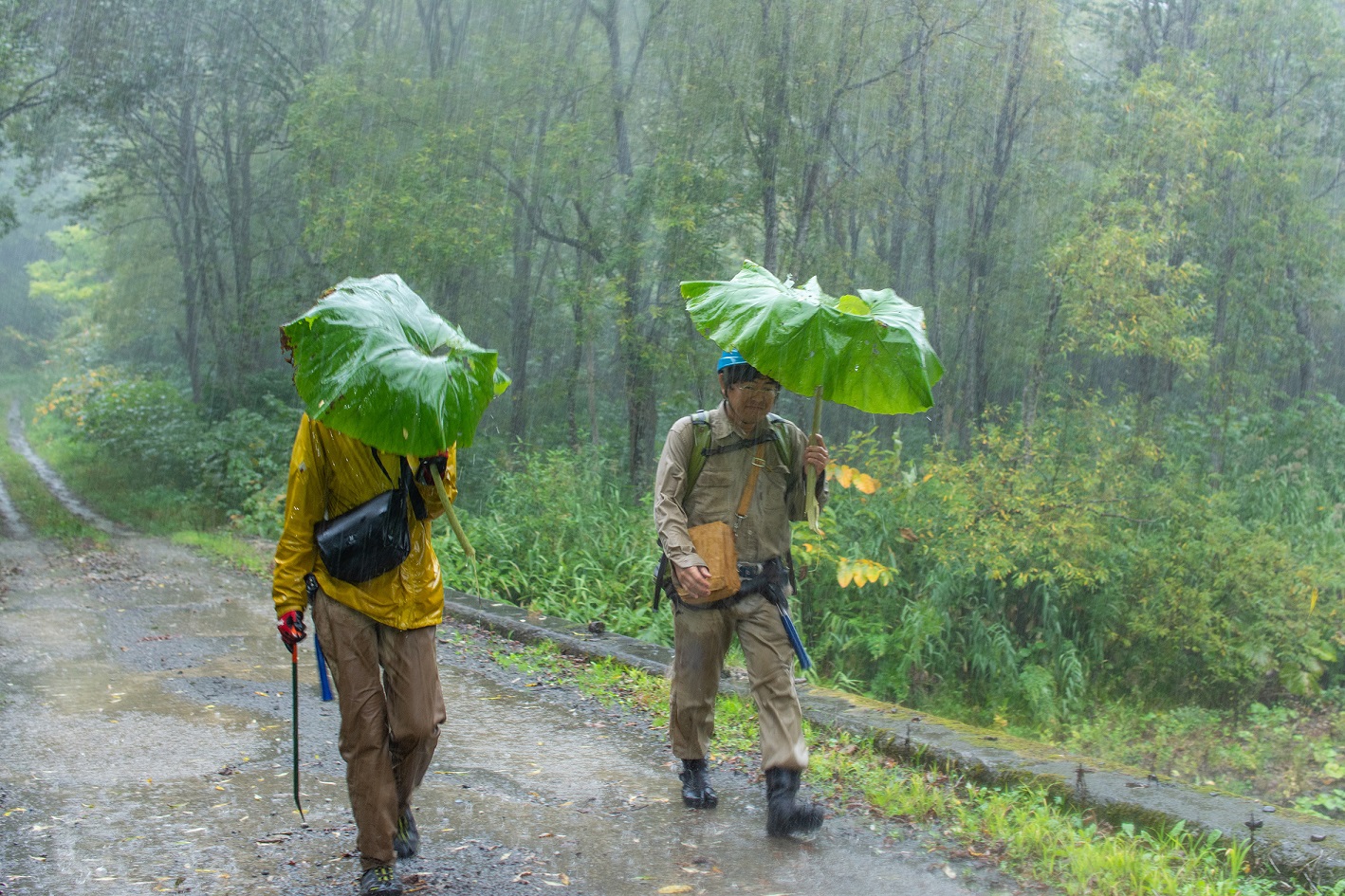
| Academic degree | Ph.D. |
| Self Introduction | I was born in Aichi Prefecture. I collected fossils for the first time when I was five years old. Since then, I am always collecting fossils. Lately, I've been listening to "Yorushika" which was recommended by my son. Their music takes me back to a time when my research life wasn't going well. My favorite fish is red seabream and Japanese whiting. |
| Academic background | 1999 B. S., Faculty of Science, Kyoto University 2001 M. S., Graduate School of Science, The University of Tokyo 2004 Ph.D., Graduate School of Science, The University of Tokyo 2004 Researcher, Department of Geology, the National Science Museum, Tokyo 2006 Associate Professor, Division of Life Sciences, Graduate School of Natural Science and Technology, Kanazawa University 2011 Associate Professor, School of Natural System, College of Science and Engineering, Kanazawa University 2018 Professor, Biology and Geosciences, Graduate School of Science, Osaka City University 2018 Director, Botanical Gardens, Faculty of Science, Osaka City University 2022 Professor, Department of Biology, Graduate School of Science, Osaka Metropolitan University 2022 Director, Botanical Gardens, Osaka Metropolitan University 2023– Professor, Faculty of Science, Hokkaido University |
| Affiliated academic society | Paleontological Society of Japan, Botanical Society of Japan, Japanese Society for Plant Systematics, Geological Society of Japan |
| Room address | Science Building 6, 10-06 |

